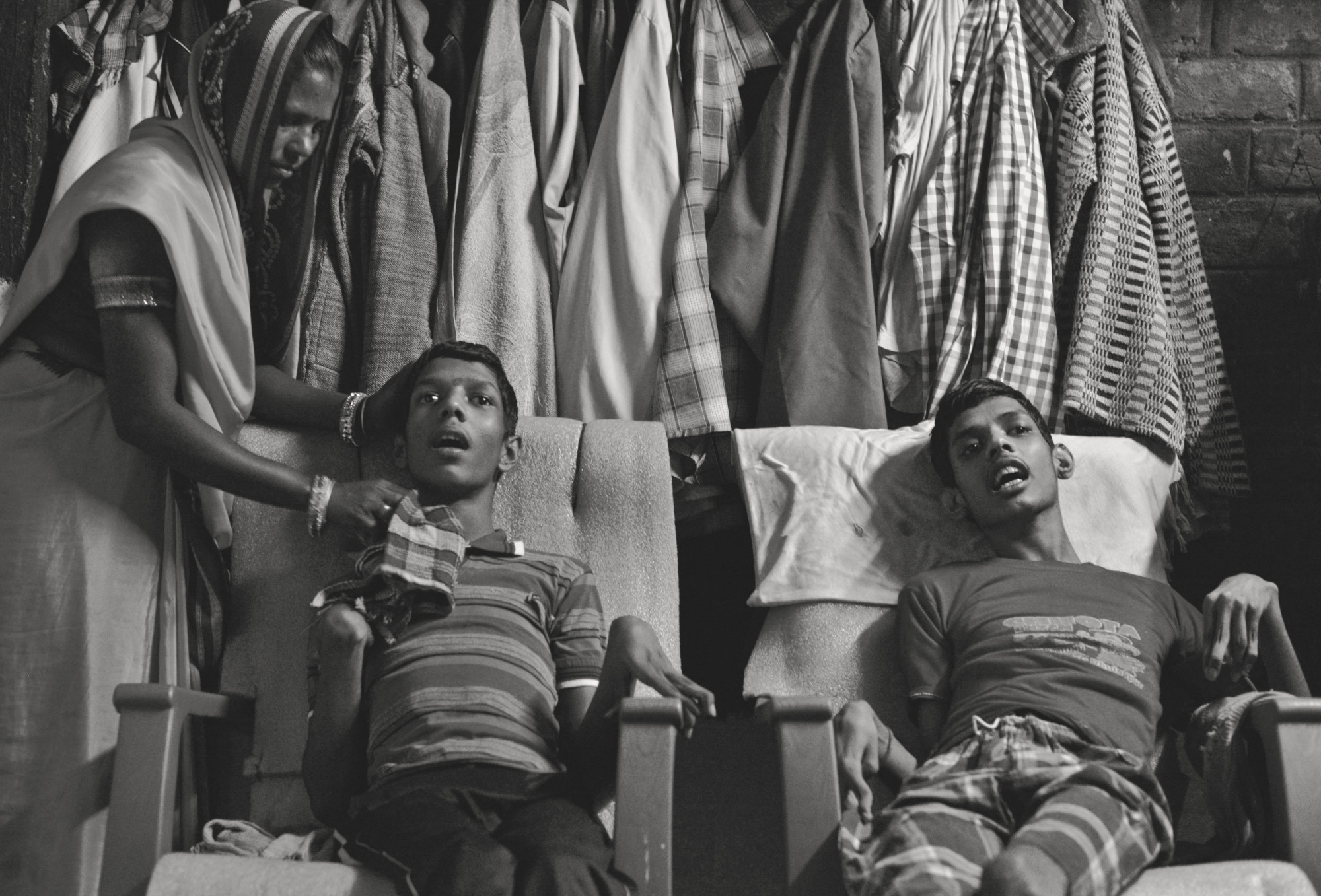It's five past midnight on a cold December night. You wake up coughing, with eyes and throat scorching. Dimly you hear the panicked shouting of people, "run, run." Gas is seeping through the makeshift doors and windows. You rush with your family from your home into the dark street. People and animals are dying on the streets; already bodies lie scattered on the road where half-blind people are stumbling over them to escape the lethal fumes. On the intervening night of December 2 and 3, 1984, approximately 40 tonnes of methyl isocyanate, one of the most toxic gasses, leaked from the factory in Bhopal owned by the U.S. chemical giant Union Carbide Corporation (Union Carbide India was taken over by Dow Chemical, which recently merged with Dupont to create DowDupont).
Now, 34 years after the tragedy, the second and third generation of the survivors are battling a spectrum of disabilities on a scale not seen anywhere else in India. Cerebral palsy, muscular dystrophy, Down's syndrome, attention deficit hyperactivity disorder, blindness, learning difficulties and gross motor delay are rampant. Many of the young adults have multiple conditions. Many are immobile, needing help to wash, eat and even defecate.
Research studies indicate higher rates of congenital malformations among children born to parents exposed to the gas and contaminated water. Sixteen studies by government and non-governmental agencies show that the soil and groundwater in and around the abandoned factory is contaminated with toxic chemicals, even persistent organic pollutants and heavy metals.
In these years, the number of affected communities increased to 42 from the 12 initially. The groundwater contains toxic levels of chlorinated solvents. Six years ago, responding to relentless efforts from activists, the Supreme Court ordered the city to install pipes to supply clean water from the Narmada. But the pipes coming into some houses run right through sewers, and on rainy days, filth and faeces mingle with the clean water. Each monsoon may be carrying this toxic plume farther.
Rohit Jain is an independent New Delhi-based documentary photographer.


























